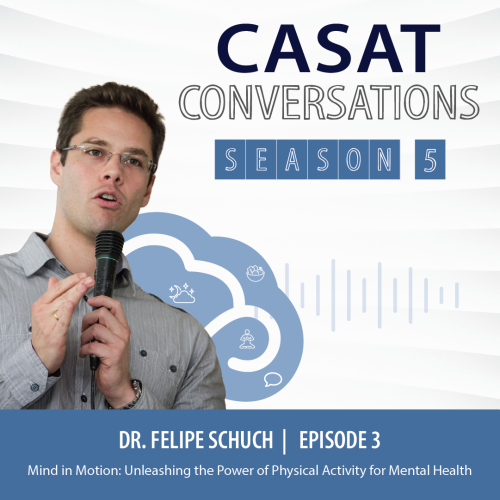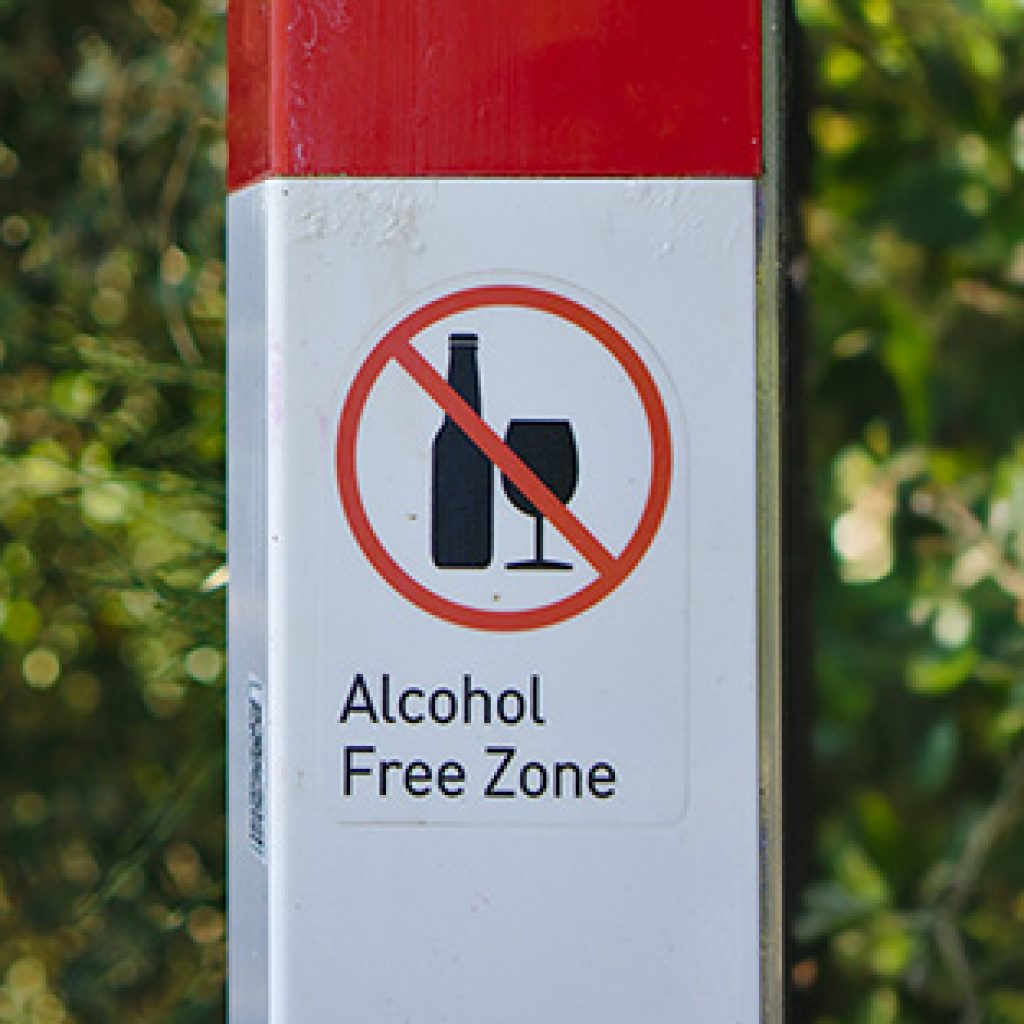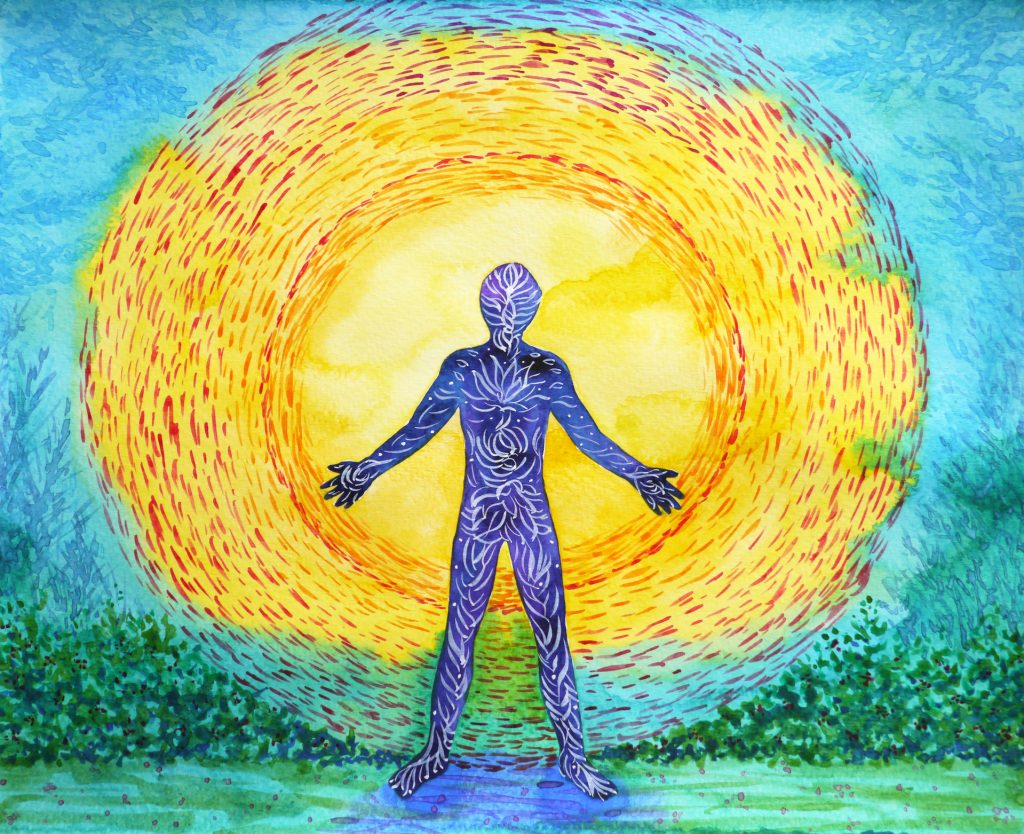Movement is Medicine: A Look at Physical Activity and Mental Health
The body needs movement daily. It’s very simple and yet complicated in our modern lifestyle. Some common barriers to physical activity include lack of time, social support, interest, energy, motivation, perceived lack of fitness, fear of injury, and joint pain. While the public health message is clear that regular physical activity helps improve overall health and reduce the risk of developing chronic disease, the benefits of physical activity on mental health aren’t always at the forefront of the message. In addition, exercise is rarely seen as a primary intervention for treating mental health disorders.
According to the most recent data from the Behavioral Risk Factor Surveillance System (BFRSS), the overall prevalence of physical inactivity in the United States is 25.3%. The survey reported ‘physical inactivity’ as people who did not engage in any form of physical activity over the last month. The current recommendation for physical activity is 150 minutes of moderate aerobic exercise (or 75 minutes of vigorous activity) and two days of muscle-strengthening training per week. In 2020, 24.2% of adults aged 18 and over met these guidelines. With this in mind, there is significant room for improvement in the time people move.
Physical activity benefits everybody, yet there are racial and ethnic disparities. When looking at physical inactivity rates by ethnicity, the rates are as follows: Hispanic adults (32.1 %), non-Hispanic Black (30.0%), non-Hispanic American Indian/Alaska Native (29.1%), non-Hispanic White (23.0%), Hispanic Asian adults (20.1%). Factors influencing activity include access to safe, affordable, and convenient places to move.
All forms of movement (i.e., walking, jogging, swimming, cycling, yoga, qi going, tai chi, gardening, and dancing) have been proven to reduce anxiety and depression. Aerobic exercise increases blood circulation to the brain and helps to modulate the stress response through the hypothalamic-pituitary-adrenal (HPA) axis. While neuroscientists are still trying to figure out exactly how physical activity impacts the brain, it has been theorized that the physiological influence is most likely mediated through the HPA axis communicating with several regions of the brain, including the limbic system, which controls motivation and mood; the amygdala, which generates fear in response to stress; and the hippocampus, which plays an integral part in memory formation as well as in attitude and motivation.
As we look closer at the impact of physical activity on mental health, exercise has been found to improve anxiety, depression, and negative mood by improving cognitive function, self-esteem, and self-efficacy. In addition, activity has also been found to be a positive distraction for people struggling with their mental health and helps promote increased social interaction. The health benefits from regular exercise that are important for mental health providers to share with their clients include:
- Improvement in mood
- Increased energy and stamina
- Reduced tiredness that can increase mental alertness
- Stress relief
- Improved sleep
- Increased interest in sex
- Improved body image
In a recent meta-analysis, significant mental health benefits were found among adults who engaged in some physical activity, even if it was below the public health recommendation. Felipe Schuch says, “The research shows that every step counts. Even little amounts of physical activity help mental health.” Any amount of movement for the body is essential for mental well-being.
In another study, movement was found essential for people with schizophrenia. Physical training helped to reduce weight gain associated with medications and offset antipsychotic side effects such as obesity, diabetes, and metabolic syndrome. In addition, exercise was found to be a nonpharmacological additional treatment intervention, which was said to increase hippocampal volume BDNF levels, which led to improvements in synaptic plasticity, neurogenesis, cognition, negative symptoms, and functional outcomes. For psychiatric patients, adherence to physical activity is comparable to the general population.
In a study with individuals with attention-deficit disorder (ADHD) who engaged in 20 minutes of moderate-intensity cycling, participants were found to perform better and have enhanced motivation for cognitive tasks, increased energy, and reduced feelings of confusion, fatigue, and depression. Interestingly, no effect was reported on behavioral measures of attention or hyperactivity.
Movement is an essential component of mental health. In a study with adolescents, physical activity modulates stress when the teenager was doing something they wanted to do. This may be an important piece of the puzzle. Mental health providers can work with their clients to find ways that they enjoy moving their bodies. Below are some questions that may be useful to explore with your clients when prescribing more movement.
- How might moving your body more improve your life?
- How do you enjoy moving your body?
- What ways of moving your body bring you joy?
- How might you make time in your schedule to move more?
- What time of day works best for you?
- Try different ways of moving your body (i.e., walking, running, swimming, yoga, etc.) Notice when the body feels energized, nourished, and strong. Note which types of movement feel best for your body at this time.
- In what environment do you enjoy exercising the most?
- Who can you move with?
- How might moving your body impact your energy level?
Perhaps Socrates said it best, “walking is man’s best medicine.” It’s time that we work to integrate movement into the discussion of mental health. It will take everyone – policymakers, community leaders, healthcare/mental health workers, workplaces, families/friends, and individuals. We need to create safe movement spaces–including parks, safe streets, sidewalks, etc. to make movement accessible to everyone. We also need to work to develop a culture of well-being that values health over productivity. Now is the time to move.
Let’s now take a brief look at how environmental factors influence mental health. While genetics provide a blueprint, environmental factors shape the final outcome. It’s the interplay between genetics and environment that ultimately determines an individual’s mental health. Here are some environmental factors that can impact mental well-being:
- Adverse childhood experiences, such as abuse, neglect, or trauma, can have a profound impact on mental health. They can leave lasting emotional scars and increase the risk of mental health disorders in adulthood.
- Strong social support networks and positive relationships can act as protective factors for mental health. On the other hand, social isolation and loneliness can contribute to the development of mental health issues.
- Chronic stress can take a toll on mental health. High stress levels can trigger or exacerbate conditions like anxiety and depression.
- Diet, exercise, and overall lifestyle choices can influence mental health.
- Poor nutrition and a sedentary lifestyle can contribute to the development of mental health disorders.
The relationship between genetics and mental health is complex and multifaceted. While genetics can predispose individuals to certain mental health disorders, they do not determine one’s destiny. Environmental factors, including childhood experiences, social support, and lifestyle choices, play a significant role in shaping mental well-being. Understanding the interplay between genetics and environment is essential for developing effective prevention and treatment strategies for mental health disorders. As research in this field continues to advance, we may gain deeper insights into the genetic factors that contribute to resilience and mental well-being, offering hope for more personalized approaches to mental health care.
Ready to Learn More:
Ready to Learn More:
 Listen to Season 5 of CASAT Conversations. In episode 3, Dr. Felipe Schuch shares the profound impact of physical activity on mental well-being, including its effects on the biology of the brain. Dr. Schuch sheds light on the psychological factors that drive our engagement in physical activity and reveals the dosing effect—how the frequency, duration, and intensity of exercise can positively impact mental well-being.
Listen to Season 5 of CASAT Conversations. In episode 3, Dr. Felipe Schuch shares the profound impact of physical activity on mental well-being, including its effects on the biology of the brain. Dr. Schuch sheds light on the psychological factors that drive our engagement in physical activity and reveals the dosing effect—how the frequency, duration, and intensity of exercise can positively impact mental well-being.
References
Centers for Disease Control and Prevention. (2023). Physical activity boosts brain health. Centers for Disease Control and Prevention. https://www.cdc.gov/nccdphp/dnpao/features/physical-activity-brain-health/index.html#:~:text=It%20can%20improve%20memory%20and,to%20those%20who%20are%20active
Fritz, K. M., & O’Connor, P. J. (2016). Acute Exercise Improves Mood and Motivation in Young Men with ADHD Symptoms. Medicine and science in sports and exercise, 48(6), 1153–1160. https://doi.org/10.1249/MSS.0000000000000864
Girdler, S. J., Confino, J. E., & Woesner, M. E. (2019). Exercise as a Treatment for Schizophrenia: A Review. Psychopharmacology bulletin, 49(1), 56–69.
Meyer, S., Grob, A., & Gerber, M. (2021). No fun, no gain: The stress-buffering effect of physical activity on life satisfaction depends on adolescents’ intrinsic motivation. Psychology of Sport and Exercise, 56. https://doi.org/10.1016/j.psychsport.2021.102004
Pearce M, Garcia L, Abbas A, et al. (2022). Association Between Physical Activity and Risk of Depression: A Systematic Review and Meta-analysis. JAMA Psychiatry. 79(6):550–559. https://doi.org/10.1001/jamapsychiatry.2022.0609
Schuch, F. B., & Vancampfort, D. (2021). Physical activity, exercise, and mental disorders: it is time to move on. Trends in psychiatry and psychotherapy, 43(3), 177–184. https://doi.org/10.47626/2237-6089-2021-0237
Sharma, A., Madaan, V., & Petty, F. D. (2006). Exercise for mental health. Primary care companion to the Journal of clinical psychiatry, 8(2), 106. https://doi.org/10.4088/pcc.v08n0208a
Blog Post Tags:
Related Blog Posts
Related Learning Labs
Related Resources
.
- Buscar Tratamiento de Calidad para Trastornos de uso de Sustancia (Finding Quality Treatment for Substance Use Disorders Spanish Version)
- Finding Quality Treatment for Substance Use Disorders
- Focus On Prevention: Strategies and Programs to Prevent Substance Use
- Monthly Variation in Substance Use Initiation Among Full-Time College Students
- The National Survey on Drug Use and Health (NSDUH) Report: Monthly Variation in Substance Use Initiation Among Adolescents








